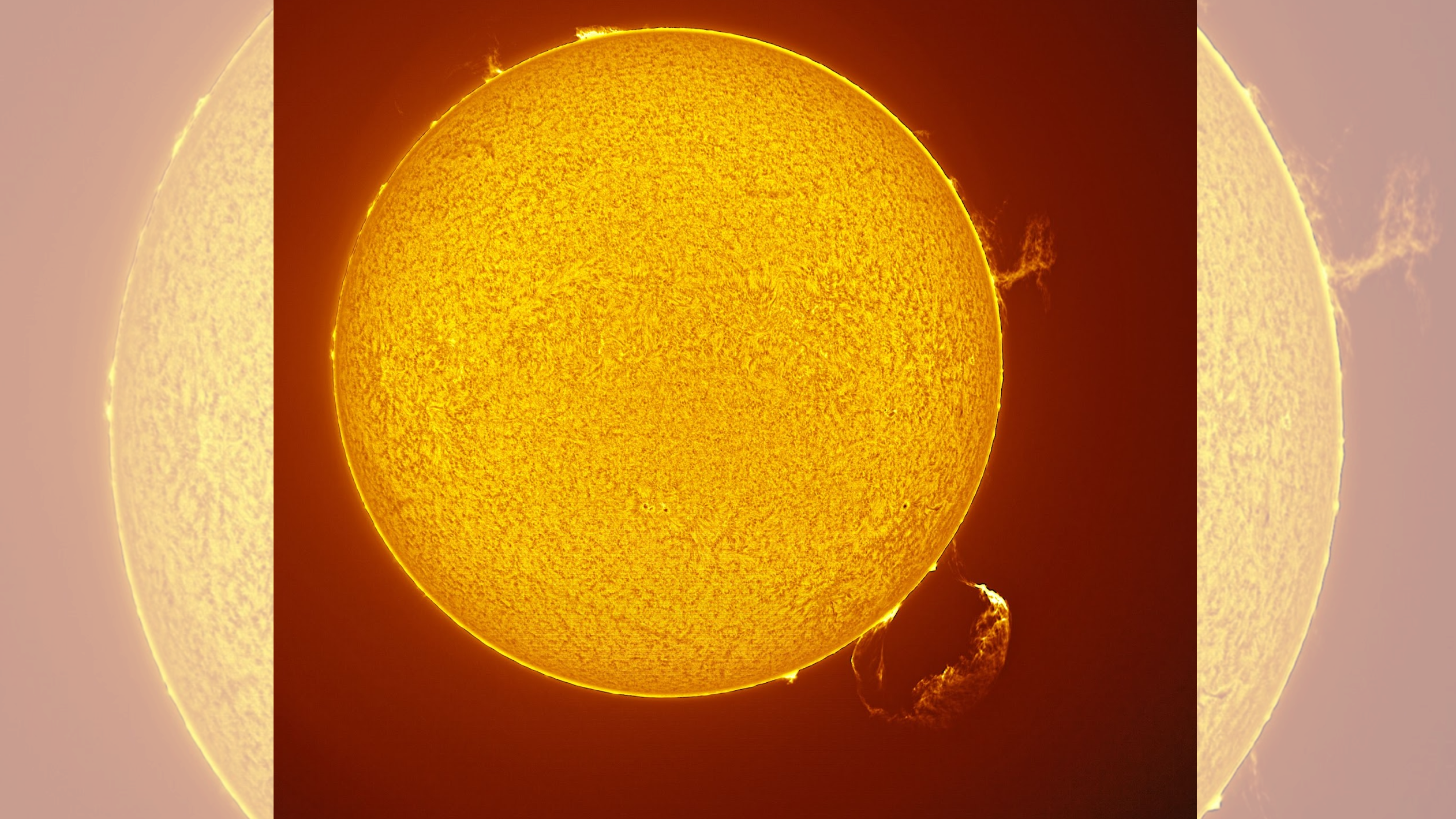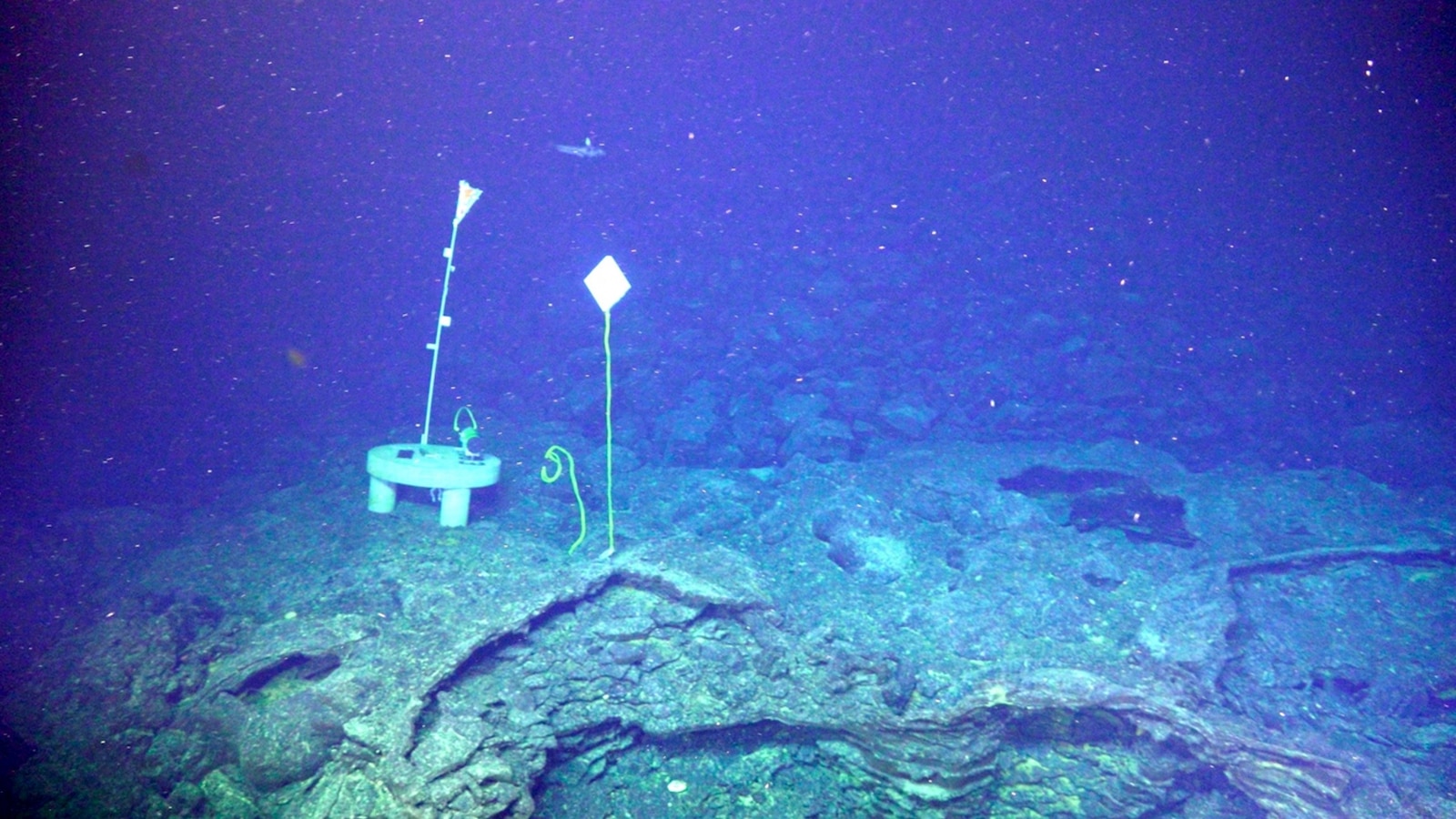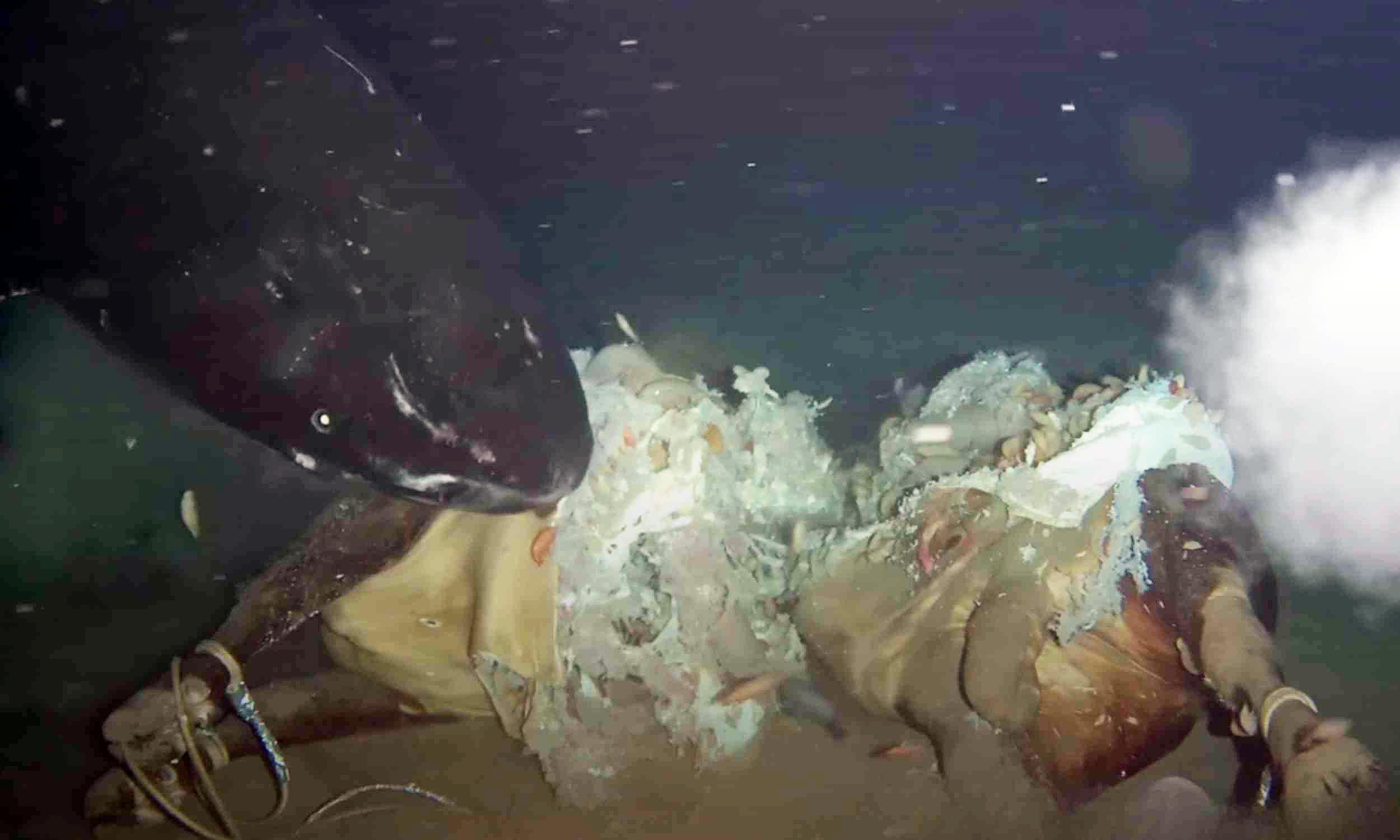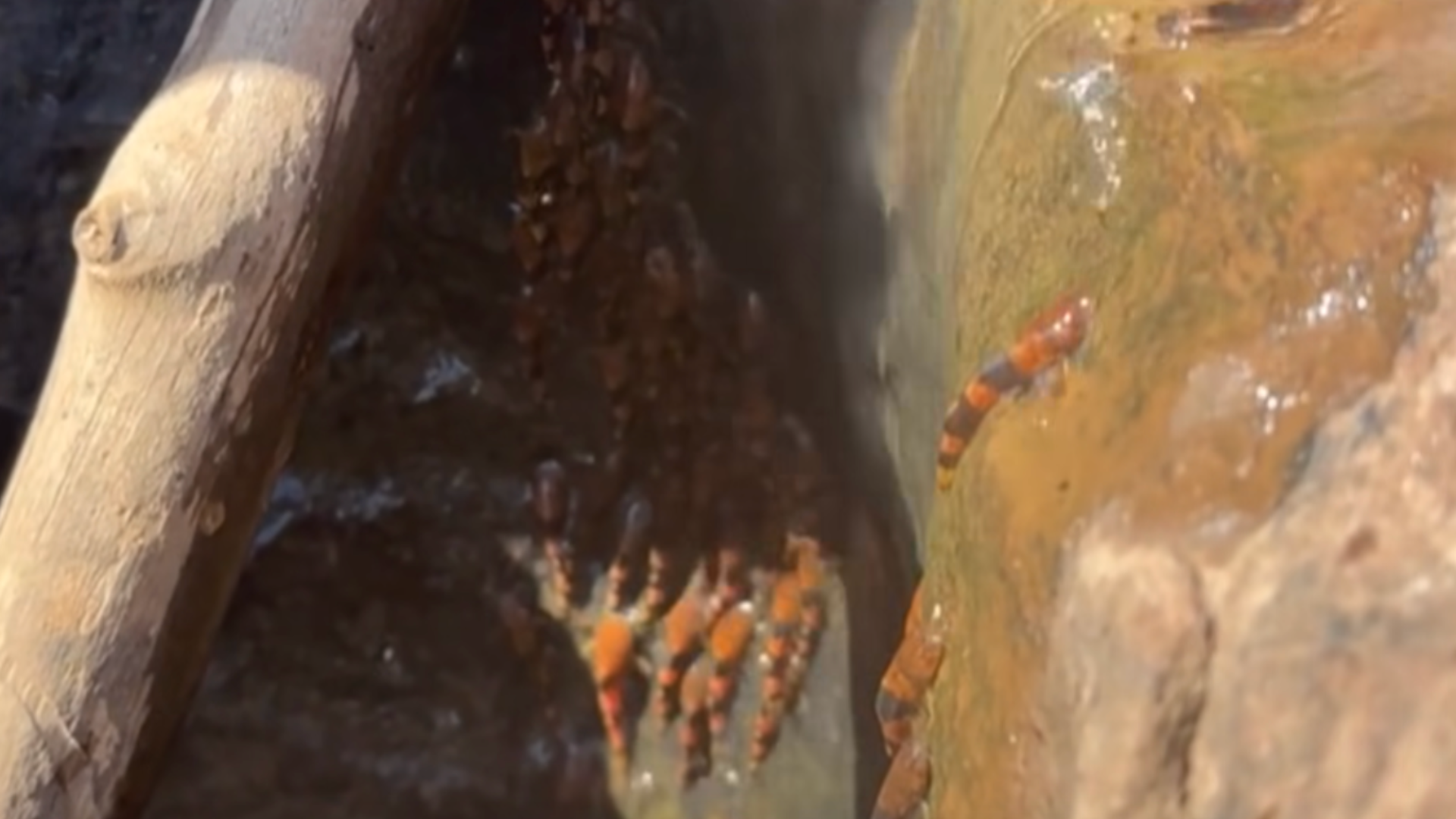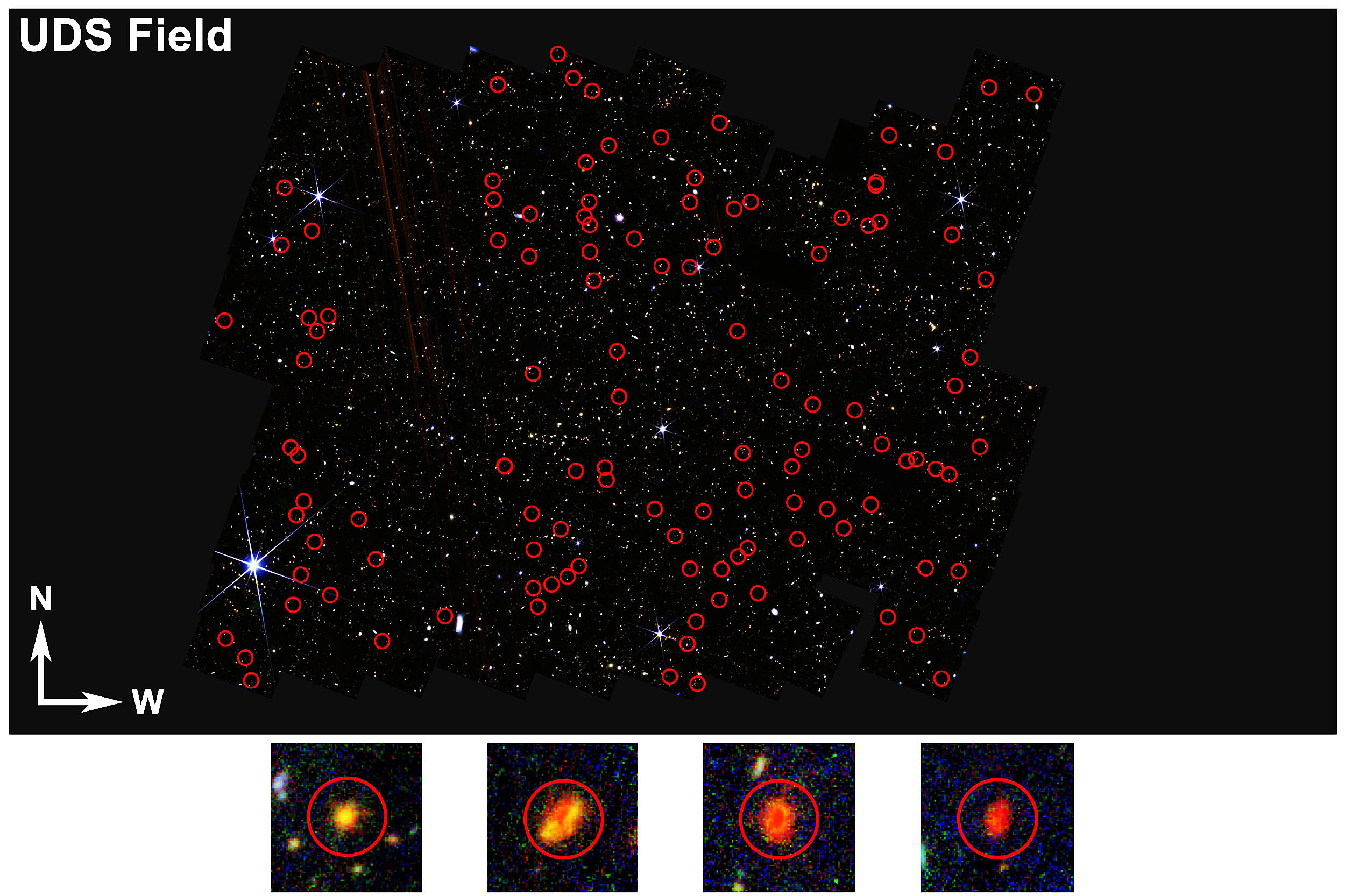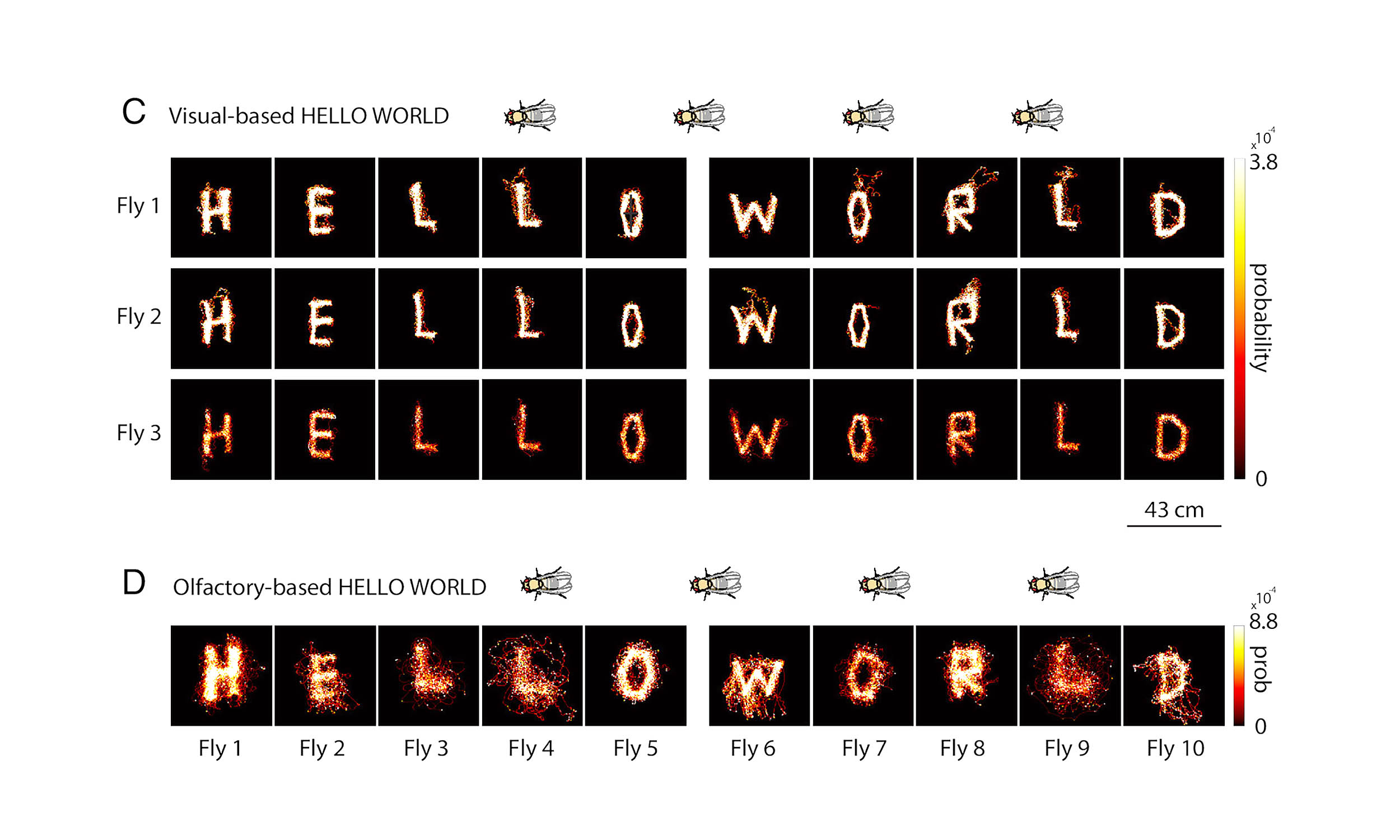Robots Cannibalizing Each Other? The Future of Machine Evolution!

What if robots could evolve by cannibalizing each other, accelerating their journey towards becoming independent lifeforms? A groundbreaking team from Columbia University is pushing the boundaries of robotics with a daring experiment that might just change how we view machines forever.
Researchers have crafted a revolutionary prototype dubbed the “Truss Link,” an adaptable robot that can seek out its peers, merge into larger entities, and evolve by harnessing materials from its surroundings. Imagine a world where machines thrive and evolve much like living organisms do — it’s an idea that sounds like science fiction but is quickly becoming a reality, as detailed in a recent study published in the esteemed journal Science.
The Truss Link isn't just a simple gadget; it's a rod-shaped module capable of expanding, contracting, and even crawling. Its magnetic tips allow it to connect with other modules, forming complex structures that can function and interact adaptively with their environment. Lead researcher Philippe Martin Wyder from Columbia Engineering and the University of Washington stated, “True autonomy means robots must not only think for themselves but also physically sustain themselves.” This means not just mimicking biological life but truly integrating into it!
In a captivating video, six of these Truss Links, controlled remotely by the researchers, wriggle towards one another, merging into a single robot with two triangular halves. One half even boasts an extra link or “tail.” This merging is cleverly termed “robot metabolism,” reflecting how living organisms absorb and integrate resources. It’s a quirky, mechanical twist that might remind you of polishing off that last slice of pizza at a party!
The newly formed robot then demonstrates fascinating behavior by inching towards a ledge, launching itself off while leaving its tail behind. It uses the height difference to prop itself up against an object and transform from a 2D structure into a full-fledged 3D tetrahedron. The dynamic capabilities don’t stop there; this robot can even absorb another Truss Link and use it as a “walking stick,” enhancing its mobility by 66% on an incline!
Moreover, these robots aren’t just about survival; they assist each other in upgrades too. In a striking demonstration, a ratchet tetrahedron uses its walking stick-like appendage to pull up another robot to complete its transformation. They even showcase maintenance skills, shedding low-battery modules and swapping them out for fresh ones!
Wyder’s vision stems from a deep understanding of biology — observing that just 20 standard amino acids can create an infinite array of proteins inspired his approach. Each Truss Link functions similarly to an amino acid, emphasizing the importance of replicating biological processes rather than just outcomes. However, there's still a considerable gap before these bots can truly compete with living entities.
Currently, these robots are operated remotely, pointing to a significant hurdle: achieving full autonomy. But let’s cut them some slack; after all, life needed billions of years to get to multicellular organisms! Interestingly, simulations suggest these robots could spontaneously form various shapes, given enough attempts — except for the tetrahedron, which remains a geometrical puzzle. The researchers believe that with continued experimentation, these Truss Links could eventually “grow” independently, even while acting randomly.
Looking ahead, Wyder is eager to diversify the types of modules, drawing an analogy to life, which utilizes roughly 20 different amino acids. He aims to incorporate various sensors into these modules, broadening their functional capabilities. The era of robots evolving and thriving is approaching, and it’s a thrilling prospect that could reshape our relationship with technology!









